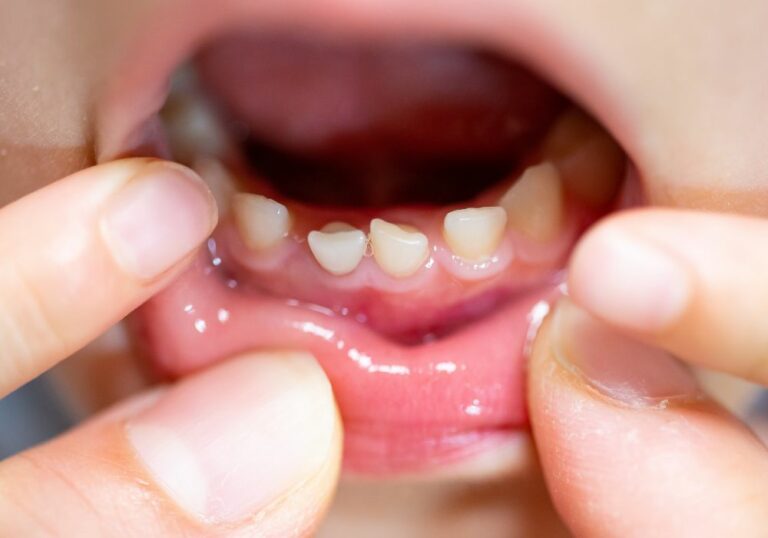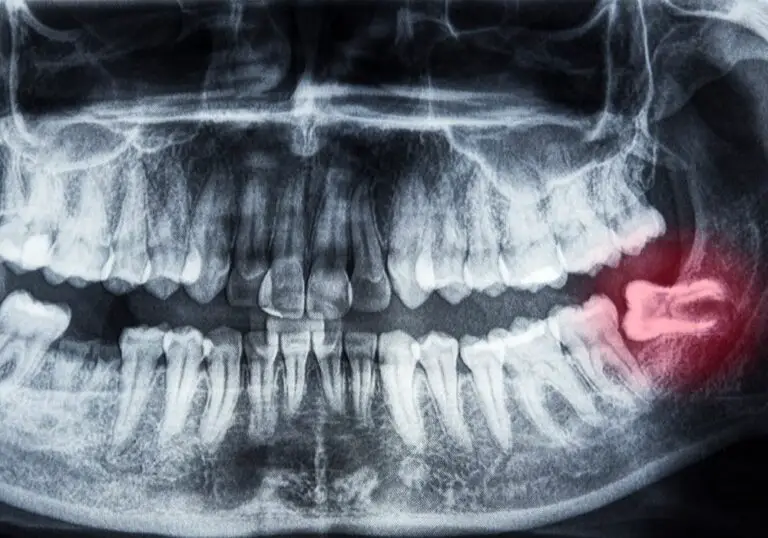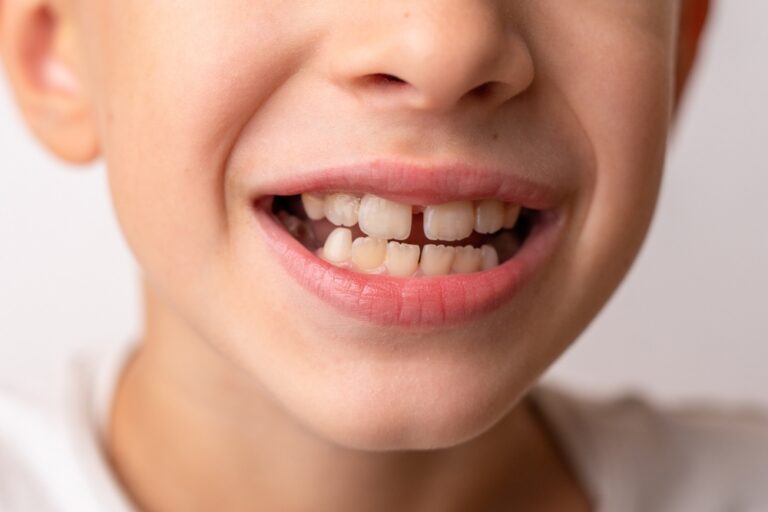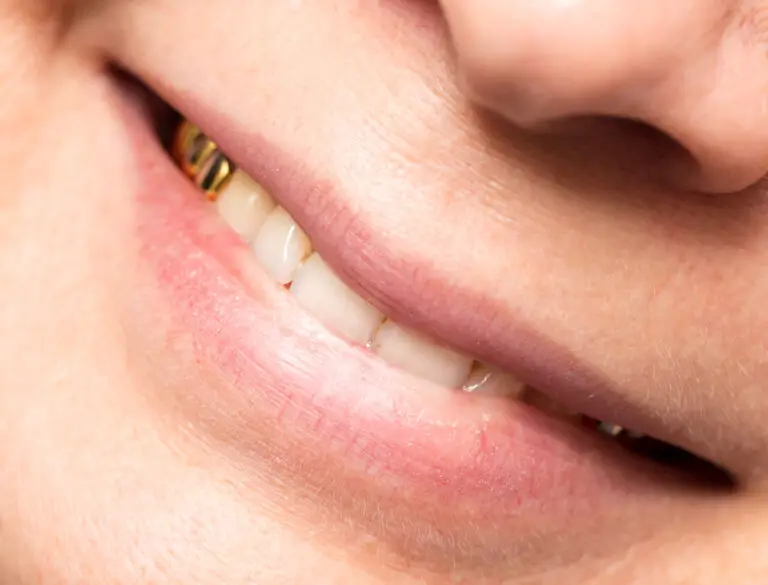Toothache is an extremely common dental complaint, affecting most people at some point in their lives. The pain can range from mild sensitivity to severe, debilitating pain. When toothache strikes, many people reach for the toothpaste tube, hoping that applying it directly to the sore tooth will provide relief. But is this really an effective remedy? Can toothpaste cure a toothache or simply mask the symptoms temporarily?
This article explores the causes of toothaches, why they hurt, and whether toothpaste offers a true solution or just temporary numbing. We’ll examine the evidence behind using toothpaste for tooth pain relief, its risks and limitations, and when it’s crucial to see a dentist. You’ll also learn about proven home remedies to ease toothache discomfort until professional help can be obtained.
What Triggers Toothache Pain?
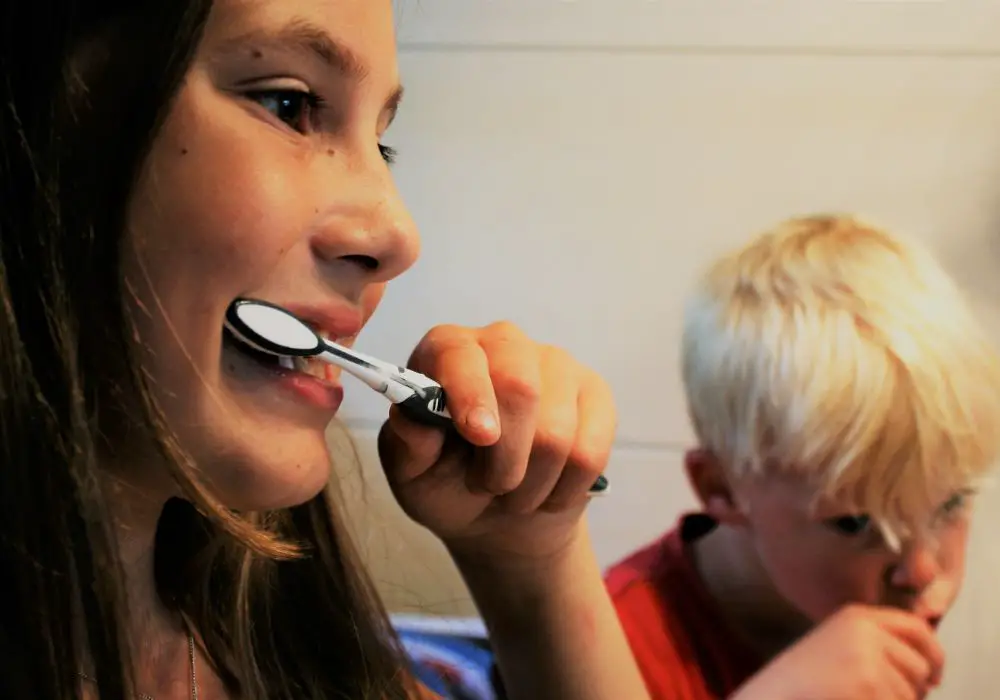
Before looking at toothpaste’s role in treating toothaches, it helps to understand what causes the pain in the first place. There are several potential sources of tooth pain:
Dental Cavities
Tooth decay is the most common cause of toothaches. Cavities form when plaque – a sticky film of bacteria and food remnants – builds up on tooth surfaces. The bacteria produce acids that erode tooth enamel and create holes in the teeth called cavities.
As a cavity eats deeper through enamel into the dentin layer, it can reach the soft pulp inside the tooth. This pulp contains nerves and blood vessels. The exposure of the nerve-rich pulp to outside stimuli triggers pain signals. Food and liquids entering the cavity, as well as hot, cold, sweet, acidic or sticky foods irritating the exposed pulp can provoke severe toothache episodes.
If left untreated, cavities allow bacteria to invade deeper and cause a dental abscess. Pus accumulation from the infection increases pressure on the tooth’s nerve endings, magnifying pain. Abscesses must be surgically drained to relieve pressure.
Cracked or Broken Teeth
Cracks or fractures in teeth, including microscopic cracks barely visible to the eye, can cause pain by allowing irritants inside the tooth to affect the pulp. Cracked tooth syndrome commonly leads to recurring toothaches. The pain is often aggravated by chewing or temperature changes.
Sometimes a tooth fracture results in pulp exposure, which is extremely painful. Biting down on a hard object can crack teeth or break chunks off, leading to complex fractures involving both the enamel and softer pulp. Emergency dental treatment is needed to remove damaged pulp tissue and prevent infection.
Dental Trauma
Injuries to the mouth from sports collisions, fights, falls or car accidents can jerk teeth out of position, chip and crack them or force them into surrounding bone and tissue. This severe dental trauma damages nerves, ligaments and pulp tissue. Displaced teeth that are partially uprooted can stretch or sever nerve fibers causing toothache.
Seeing a dentist immediately after dental trauma can save injured or knocked-out teeth. Quick splinting, repositioning and stabilization are needed to stop pain and prevent long-term problems like pulp death or abscess.
Periodontal (Gum) Disease
Gum disease is inflammation and infection of the gums and underlying bone supporting the teeth. It’s triggered by plaque buildup. As plaque extends under the gumline, it provokes a chronic inflammatory response. This causes the gums to detach from teeth, forming infected pockets.
These diseased gum pockets become filled with bacteria, which then erode and destroy the surrounding bone. Loss of connective tissue and bone around teeth leads to increased tooth mobility. The decay process irritates nerve fibers, causing toothache, especially with chewing.
Advanced gum disease requires deep cleanings and dental surgery to reduce inflammation and stop progressive bone loss. Controlling it early prevents pain and tooth loss.
Impacted Wisdom Teeth
When wisdom teeth are obstructed from fully erupting into position, they can become impacted. Often, other molars block wisdom teeth from emerging properly. Partially emerged teeth are vulnerable to infections that cause swelling, inflammation and severe pain. Food trapped under gum flaps surrounding impacted wisdom teeth also provokes pain.
Surgically extracting impacted wisdom teeth provides relief by completely removing the problematic tissue. Leaving them partially erupted allows problems to recur.
Other Causes
Other less common causes of toothaches include:
- Loose or shifting teeth putting pressure on nerves
- Teeth grinding or clenching habits damaging teeth
- Loss of a filling exposing underlying dentin
- Dental procedures like fillings, root canals, crowns or braces
- Sinus infections or congestion putting pressure on upper teeth
- Neuralgia or nerve damage causing neuropathic tooth pain
Why Does a Toothache Hurt So Much?
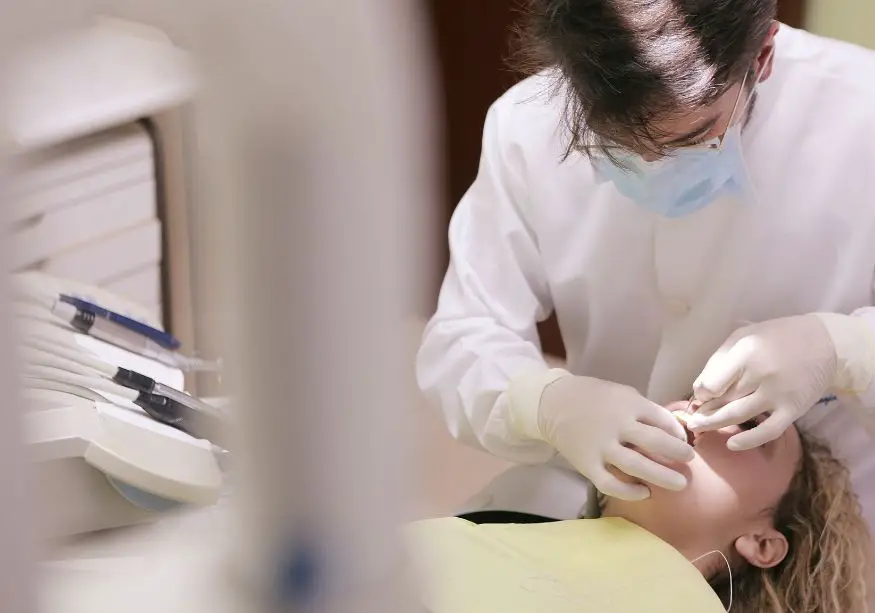
To understand why toothaches cause such excruciating, radiating pain, you need to know the anatomy inside teeth. Teeth have a tough enamel shell protecting the softer dentin layer underneath. At the core lies the pulp filled with nerves and blood vessels.
The trigeminal nerve, the largest cranial nerve, extends microscopic branches called dentinal tubules from the pulp up through the dentin. It transmits sensations from the tooth to the brain. When dentin tubules are exposed by thinning enamel or dental work, external stimuli can travel directly along these nerves, amplifying sensitivity and pain signals.
Additionally, the pulp is confined in the rigid pulp chamber with no room to expand. Any inflammation or swelling increases pressure on the confined nerves, triggering severe pain. A toothache feels sharpest when biting down because that compresses the pulp further. Hot and cold foods or drinks provoke sharp pain by flowing into exposed dentinal tubules and irritating inflamed pulp.
When pulp tissue dies due to trauma or advanced decay, the buildup of cell wastes causes extreme pressure. The dying nerves fire repetitively, causing intense pain. All these factors make tooth pain especially acute and agonizing compared to pain elsewhere.
Does Toothpaste Really Soothe Toothaches?
Now that we understand why toothaches hurt so much, let’s look at whether toothpaste can help counteract that pain. There are a few proposed ways that toothpaste may alleviate toothache discomfort:
1. Numbs Pain
Many toothpastes include ingredients like menthol, eucalyptus oil, peppermint oil or benzocaine that provide a cooling, numbing sensation. The menthol may help block pain receptors in nerves. However, these numbing effects are very mild and wear off within 30 minutes.
2. Reduces Sensitivity
Toothpaste helps coat and temporarily seal exposed dentinal tubules that transmit pain signals when stimulated. This may reduce sensitivity from hot, cold or pressure. But it does not treat the underlying issue making the tubules exposed.
3. Kills Bacteria
Toothpaste contains antimicrobial ingredients like fluoride, cetylpyridinium chloride and triclosan to fight plaque bacteria. Reducing levels of bacteria causing decay and infection may temporarily decrease inflammation and associated pain.
4. Physical Barrier
Applying toothpaste can act as a protective barrier shielding damaged areas of teeth from contact with food debris and liquids. This prevents further irritation and provides slight pain relief.
However, the pain relief toothpaste provides is very minor and short lasting, typically just 20-30 minutes. While it may take the edge off mild tooth sensitivity or pain, it cannot resolve severe or persistent toothaches stemming from issues like infections, fractures, gum disease or dental procedures.
At best, toothpaste only masks the symptoms without treating the root problem. Using it in place of proper dental treatment can lead to worsening infections and permanent complications.
Potential Risks of Using Toothpaste for Toothaches

There are some risks to be aware of when using toothpaste to try and treat tooth pain:
Masks Serious Issues
Toothpaste can provide superficial relief that masks serious problems requiring urgent dental care. People may delay seeing a dentist about an infection or abscess that is continuing to worsen because the toothpaste temporarily reduces pain. This allows preventable damage.
Tooth Damage
Using too much pressure when brushing an already tender tooth can cause further injury or chipped enamel. Hard-bristled brushes can abrade damaged areas and inflame the tooth more.
Irritation
Highly minty toothpastes contain menthol, eucalyptus or peppermint oils that cause a burning sensation. Though intended to provide a cooling effect, these can irritate sensitive teeth and make pain worse temporarily.
Whitening toothpastes are also more abrasive in order to remove stains. They can aggravate exposed dentinal tubules and may not be ideal for brushing sore teeth.
Allergic Reactions
Toothpaste ingredients like sodium lauryl sulfate or added flavors sometimes provoke allergic reactions that cause mouth pain, swelling or sores. This adds to discomfort from a toothache.
Numbing Wears Off
The numbing effect of toothpaste is very brief, fading within half an hour. As it wears off, pain can return even worse. Extended numbness deprives nerves of needed stimulation, leading to increased sensitivity afterward.
Swallowing Toothpaste
Accidentally ingesting toothpaste intended for topical use can cause upset stomach, nausea or diarrhea. Some children develop the habit of repeatedly swallowing toothpaste for its cool, tingling effect. But ingesting too much can be toxic.
When to See a Dentist for Toothache
While toothpaste can provide very limited, temporary relief, it cannot cure a toothache. Severe, persistent or recurring toothaches almost always indicate a larger problem needing professional dental treatment.
It is crucial to seek prompt emergency dental care if you experience:
- Throbbing pain preventing sleep or waking you at night
- Extreme temperature sensitivity – severe pain from hot or cold foods/drinks
- Spontaneous pain without any triggering factor
- Oral swelling affecting your face, gums, cheeks or neck
- Soft, puffy swelling with pus discharge indicating an abscess
- Dark red, purple or white gums signaling infection
- Chills, fever or feeling generally unwell along with tooth pain
- Bad breath, foul taste in mouth or redness and inflammation of gums
- Sudden loss of a filling leaving dentin exposed
- New looseness in the tooth, or a tooth that shifts position
Rapid treatment is essential for:
- Broken, chipped or fractured teeth
- Teeth knocked out or moved out of position from injury
- Significant decay destroying large portions of a tooth
- Pus-filled sores (dental abscess) on gums or soft tissue
Severe infections left untreated can spread systemically and become life-threatening. Dental abscesses may erode directly into the jawbone, sinus or other surrounding structures if not drained. If you have any signs of infection like swelling, fever, chills or foul odor, seek emergency care immediately.
Getting a Toothache Diagnosed

When you see a dentist for toothache symptoms, they will perform an oral exam and take your health history to determine the cause. Be prepared to describe:
- Exact location of the pain – front, back, upper, lower, left or right side
- Pain severity on a scale of 1 to 10
- How long symptoms have been present – sudden or gradual onset
- Details about the quality and type of pain – sharp, throbbing, shooting, stabbing, constant, intermittent etc.
- What triggers or worsens the pain – cold, heat, biting, lying down etc.
- What relieves the pain – rinsing, pain medication, cold compress etc.
- Other accompanying symptoms – swelling, fever, bad breath etc.
The dentist will examine your head, neck and mouth looking for:
- Visible cavities, tooth defects, cracks, chips or broken cusps
- Leaking fillings, loose or shifting teeth
- Red, swollen, bleeding or receding gums
- Swollen lymph nodes or facial swelling
- Pus discharge from gums indicating infection
- Darkened teeth signaling pulp death
- Loose orthodontic braces or wires cutting cheeks/gums
They will also conduct tests like:
- Percussion test – tapping teeth to check for pain response
- Temperature test – applying hot and cold stimuli to see if pain is triggered
- Biting test – having you bite down on a stick to isolate the sore tooth
- Probing gums – checking for periodontal pocket depth
Most often, X-rays are needed to diagnose the issue accurately. Problems like abscesses, cysts or impacted wisdom teeth may not be clearly visible during a surface exam. The location and depth of decay can also only be determined via X-rays.
Once the cause is identified, appropriate treatment can be planned and performed to resolve the toothache.
Professional Treatment Options for Toothaches
The treatment needed depends on the diagnosed cause of the tooth pain. Here are some common treatments used to get rid of toothaches:
Treating Cavities
Small, shallow cavities may only need a filling to remove decayed material and seal the hole. Larger or deep cavities often also require a root canal to clean out infected or inflamed pulp before filling the tooth.
Root Canal Therapy
This procedure involves numbing the tooth and drilling an access hole to remove diseased pulp and nerve tissue. The hollow root canal system is cleaned, disinfected and shaped before being filled and sealed. A crown is placed afterward to protect the tooth from fracturing.
Crowns or Caps
These fully encase damaged teeth to strengthen, restore shape and prevent further decay. Crowns are needed for teeth with large cavities, cracks, chips or excessive breakdown to prevent pulp irritation and infection.
Tooth Extractions
Pulling the tooth may be warranted if the pulp is severely infected or decay is too extensive. Extractions provide complete pain relief in non-restorable teeth. The gap left behind may be fitted with a bridge, implant or dentures.
Treating Gum Disease
Deep cleanings and gum surgery are used to reduce periodontal pockets around teeth that harbor bacteria causing irritation. Antibiotics and anti-inflammatory rinses also help reduce gum inflammation.
Realigning Teeth
Braces can shift misaligned teeth that are putting abnormal pressure on other teeth, causing pain. Reshaping uneven edges or adding dental fillings can remove irritating tooth surface problems.
Medications
Local anesthetic injections numb teeth before procedures. Prescription-strength oral pain relievers, anti-inflammatories, antibiotics or antimicrobial rinses may also be prescribed to control infections.
These treatments address the root cause of toothaches for permanent relief. Toothpaste alone cannot fix cracked teeth, abscesses, gum disease or other sources of tooth pain. Relying solely on toothpaste masks serious problems and allows progressive damage.
Conservative Home Remedies For Temporary Toothache Relief
While waiting to see a dentist, you can try some simple home remedies to gain temporary relief:
Salt Water Rinse
Swishing with warm salt water helps draw out fluid buildup in swollen gums and cleans debris from infected teeth. Dissolve 1/2 to 1 teaspoon salt in a cup of warm water and rinse 3 to 4 times daily.
Cold Compress
Applying an ice pack or frozen veggies wrapped in a towel against the cheek can reduce inflammation and numb nerve pain for several hours. Don’t place ice directly on skin.
Medications
Over-the-counter pills like acetaminophen (Tylenol), ibuprofen (Advil) or aspirin constrict blood vessels and interrupt pain signals. Take as directed on labels for temporary relief.
Clove Oil
The eugenol compound in clove oil has natural numbing powers when applied to gums. Dip a cotton swab and gently rub onto painful areas for several minutes of relief.
Garlic
Garlic’s antibacterial properties may aid in fighting oral bacteria. Gently rub raw, crushed garlic onto affected teeth and gums 2 to 3 times daily to reduce infection and inflammation.
Avoid Temperature Extremes
Prevent sharp tooth twinges by not eating hot or icy foods/drinks. Drink liquids at room temperature.
Dental Wax
Wax can help protect a chipped or broken tooth surface from temperature changes. Carefully apply over sharp edges until you can see a dentist.
These measures only provide temporary symptom relief and should not delay dental treatment. Seek emergency care if pain worsens or you develop fever, chills or swelling. Let your dentist handle toothaches safely and effectively.
Frequently Asked Questions About Toothpaste For Toothaches
1. Does toothpaste containing benzocaine work better for tooth pain?
Benzocaine is added to some toothpastes marketed for tooth sensitivity and pain relief. As an anesthetic, it can provide slightly more numbing but the effect is still very mild and temporary. The risks of overuse and swallowing benzocaine outweigh any minor benefits. Most dentists recommend standard fluoride toothpaste.
2. Should I apply toothpaste to my tooth before seeing the dentist?
It’s better not to apply toothpaste for a couple hours before your dental appointment. Toothpaste can mask pain that helps your dentist identify problems during exams. Brushing right before also cleans away plaque the dentist needs to see to diagnose issues.
3. Can I sleep with toothpaste on my tooth overnight for pain relief?
Don’t leave toothpaste on teeth overnight. It provides very brief numbing and won’t give sustained pain relief throughout the night. Swallowing large amounts overnight can also make you ill. Use the above home remedies to help you sleep then see a dentist promptly about severe or ongoing tooth pain.
4. Will toothpaste reduce swelling from a tooth infection or abscess?
No, toothpaste has no effect on swelling or pus formation indicating infection. The pressure needs to be relieved by having a dentist surgically drain the abscess. Using toothpaste could seal in the infection and allow it to spread. Seek emergency dental treatment immediately if you have tooth swelling.
5. How often can I apply toothpaste to a sore tooth in one day?
Limit toothpaste application to a painful tooth just 2 to 3 times daily at most. Any numbing effects wear off rapidly. Excessive use may damage enamel and irritate your tooth

